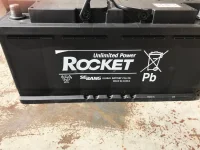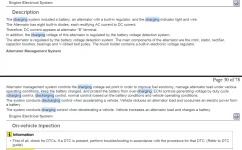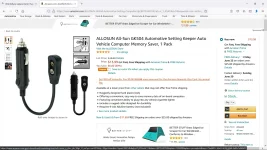@socrbob I'm unqualified to answer your question directly but I do know that other members talked about OBDII power devices that can hold you over in the meantime. If I had to guess at the answer to your question, since I don't see other answers here, I'd say connecting it directly to the leads in the trunk makes more sense but it might all be the same.
Mostly though I wanted to say THANKS to all the contributors in this thread. So, thanks! Since opening my trunk and finding a CMF100L-DIN, I've researched all over the damn place looking for the closest possible replacement. Lots of info to sort through if you haven't been keeping up with battery technology since the old days... So, having info here on the types of AGM batteries, the exact H9 R95 specs (great chart a few pages back) and the brands (Duracell and Rocket) was excellent. They're the only ones I've seen that match the finer points of the specs like the 190min of reserve charge. Might not be a critical detail as others have suggested, but I won't roll the dice on that. Just placed an order with BatteriesPlus.com aka Batteries + Bulbs, a retail chain who appears to be the only source for the Duracell R95 in my area. Thanks for the link to that too.
Take care all. And for reference / searchability, I'm driving a 2013 Hyundai Genesis R-Spec.












